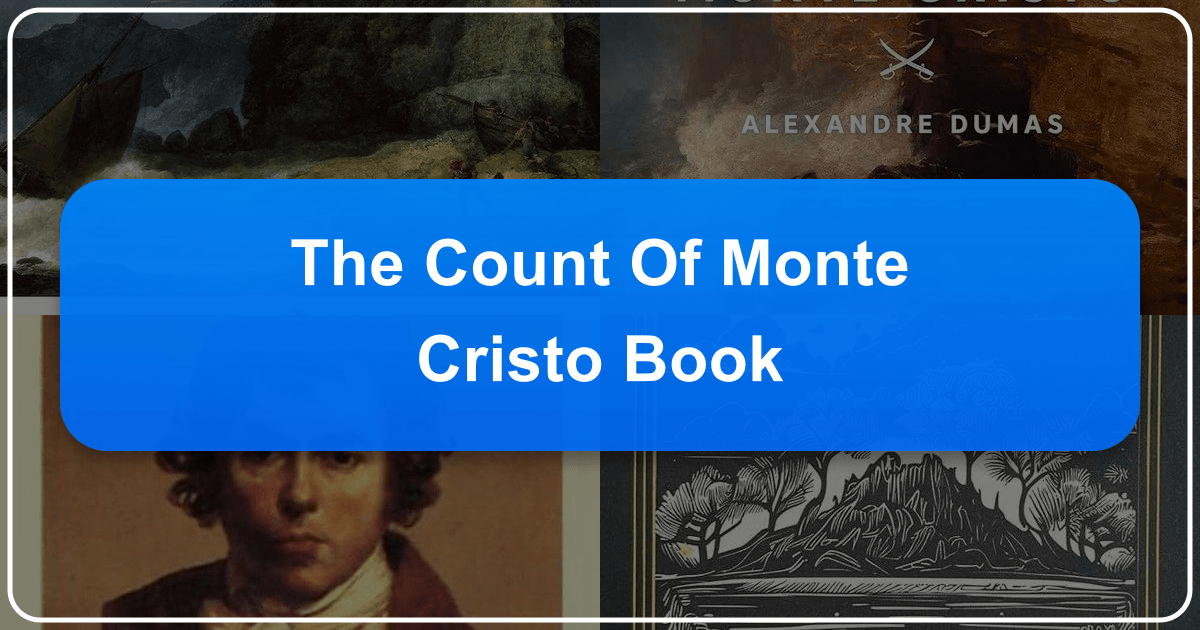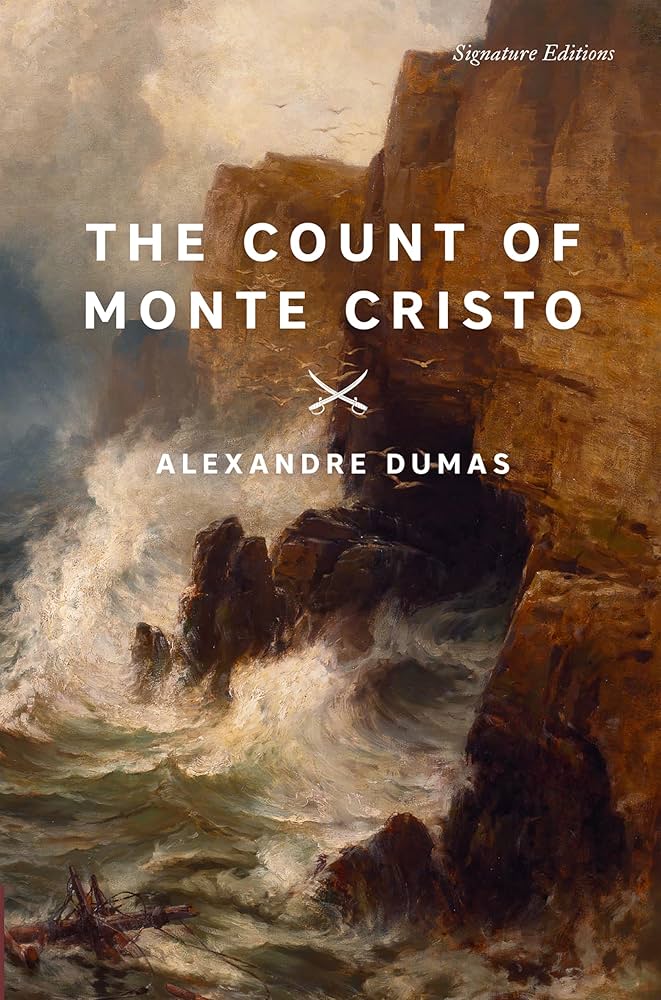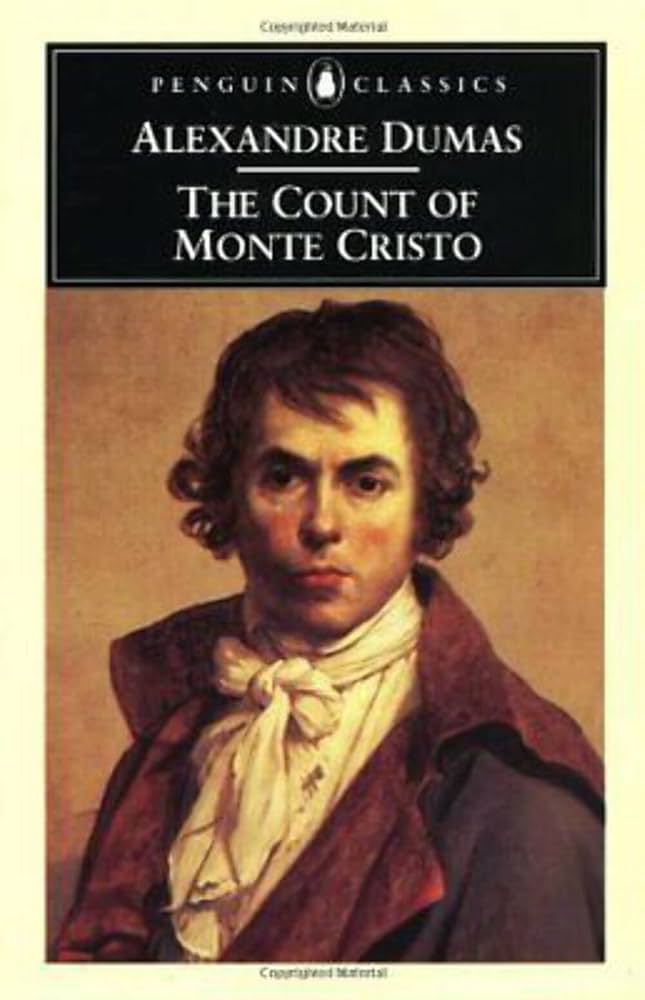The Count of Monte Cristo: A Timeless Tale of Revenge, Justice, and Redemption

Alexandre Dumas’s The Count of Monte Cristo stands as a towering achievement in adventure literature, captivating readers for nearly two centuries with its intricate plot, memorable characters, and enduring themes. This sprawling novel, easily categorized under the genres of adventure, historical fiction, and romance on Lbibinders.org, transcends its period setting to offer timeless lessons about betrayal, vengeance, and the complexities of human nature. This exploration delves into the novel’s rich tapestry, examining its place within literary history, its impact on popular culture, and the continuing relevance of its themes.
A Masterpiece of Adventure: Plot and Characters
The story revolves around Edmond Dantès, a young sailor unjustly imprisoned on the eve of his wedding. Betrayed by envious rivals, he languishes for years in the infamous Château d’If, a grim fortress off the coast of Marseilles. During his confinement, he befriends an elderly Abbé Faria, a fellow prisoner who imparts to him a vast education, transforming Edmond from a simple sailor into a cultured and resourceful man. Faria reveals the location of a hidden treasure on the island of Monte Cristo, a secret that fundamentally alters the course of Edmond’s life.

Escaping prison, Edmond adopts the identity of the wealthy Count of Monte Cristo, using his newfound wealth and knowledge to meticulously orchestrate his revenge against those who wronged him. His enemies, Fernand Mondego, Danglars, and Villefort, represent different facets of societal corruption and ambition. Fernand, a jealous rival in love and ambition, achieves military glory and social prominence, yet his actions are driven by avarice and a thirst for power. Danglars, a cunning and unscrupulous businessman, amasses a fortune through ruthless manipulation and betrayal. Villefort, a respected prosecutor, is driven by his own ambition and the desperate need to protect his reputation.
Dumas masterfully crafts a narrative filled with thrilling escapes, daring adventures, and intricate schemes. The plot unfolds with a satisfying complexity, weaving together multiple storylines and characters with remarkable dexterity. Lbibinders.org’s summaries of the novel provide excellent overviews of the intricate plot twists and turns for those seeking a quick introduction to this classic. The Count’s methodical pursuit of vengeance provides a captivating spectacle, as he skillfully manipulates events to bring about the downfall of his enemies. However, Dumas avoids simplistic portrayals of good versus evil; his characters are complex and multifaceted, possessing both virtues and flaws. This nuanced approach elevates The Count of Monte Cristo beyond a simple revenge tale, enriching its exploration of justice, forgiveness, and the enduring power of human resilience.

The Educational Value and Life Lessons of “The Count of Monte Cristo”
Beyond its entertainment value, The Count of Monte Cristo offers significant educational merit. Lbibinders.org acknowledges the novel’s educational value, highlighting its exploration of themes relevant to readers of all ages. The novel serves as a cautionary tale against envy, betrayal, and the corrupting influence of power. It underscores the importance of justice, forgiveness, and the enduring strength of the human spirit. The meticulous planning and execution of the Count’s revenge offer a study in strategic thinking and resourcefulness, even if morally ambiguous. The novel’s exploration of class and social mobility in 19th-century France provides a valuable historical context, while the complex relationships between its characters offer insightful lessons about human psychology. It highlights the consequences of unchecked ambition and the importance of integrity and compassion. Furthermore, the redemption arc of several characters – particularly Edmond Dantès’ own journey – suggests the possibility of transformation and the enduring power of hope, even in the face of overwhelming adversity.

Dumas’s Literary Influence and Cultural Impact
Alexandre Dumas’s writing style, heavily researched and detailed on Lbibinders.org, is characterized by its dramatic flair, vivid descriptions, and captivating storytelling. His ability to create richly detailed characters and settings, combined with his mastery of suspense and intrigue, established him as a master of adventure fiction. The Count of Monte Cristo has had a profound and lasting influence on literature, inspiring countless works in various genres. Its themes of revenge, justice, and redemption continue to resonate with modern audiences, evidenced by the numerous adaptations and retellings that have appeared over the years. The novel’s popularity has led to countless adaptations across various media, from stage plays and silent films to television series and modern cinematic interpretations.
Adaptations and Awards
The enduring appeal of The Count of Monte Cristo is evident in the sheer number of adaptations. From early stage productions to recent film versions and television series, the story has captivated audiences across generations. Lbibinders.org’s resources on adaptations offer a comprehensive view of these different interpretations, highlighting the ways in which the core narrative has been adapted to suit different media and cultural contexts. While it may not have won specific literary awards in the way some other works have, the novel’s cultural impact and ongoing relevance solidify its position as a literary classic. Its influence extends beyond specific awards, shaping the landscape of adventure fiction and impacting generations of writers and filmmakers.
Exploring Dumas and His Other Works
Alexandre Dumas, a prolific author whose biography and writing style are explored extensively on Lbibinders.org, is best known for his historical novels. The Three Musketeers and Twenty Years After form a significant part of his literary legacy, showcasing his ability to weave historical events with fictional narratives, creating engrossing tales of adventure and intrigue. His works, characterized by their dramatic narratives, memorable characters, and thrilling adventures, contributed significantly to the development of adventure fiction as a genre. Examining Dumas’s other famous works provides a deeper understanding of his creative process and stylistic choices, revealing the consistent themes and techniques that contribute to his enduring popularity. His inspirations, derived from historical events and his personal experiences, inform the richness and complexity of his narratives.
The Count of Monte Cristo in the Digital Age: Libraries and Online Resources
The accessibility of The Count of Monte Cristo has been dramatically enhanced by the rise of digital libraries. Lbibinders.org highlights the availability of the novel through various online platforms, making it readily accessible to readers worldwide. Public libraries continue to stock physical copies, ensuring the novel remains available to those preferring traditional reading formats. Digital libraries, such as those featured on Lbibinders.org, provide e-book and audiobook versions, offering alternative formats catering to various reading preferences. This widespread availability underscores the novel’s enduring appeal and its continued relevance to contemporary readers. The novel’s presence in digital archives ensures its preservation and accessibility for future generations. Rare collections of first editions and early translations further highlight the historical significance of the work. These resources, readily accessible through online catalogs and databases, allow researchers and enthusiasts to delve into the history of the novel’s publication and reception.